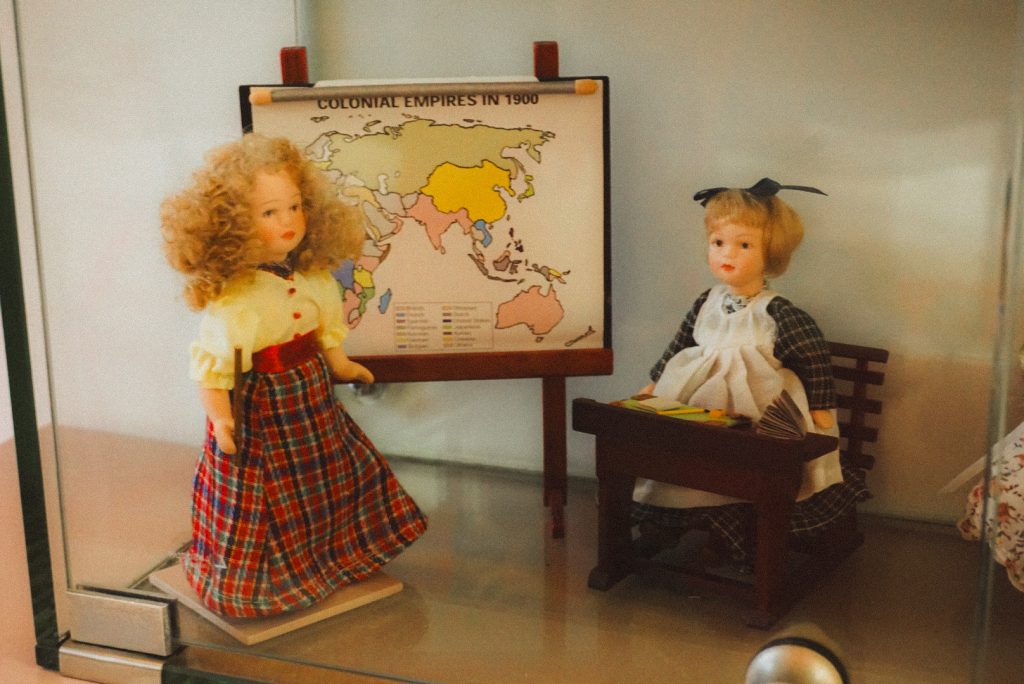Now that we’re over a month into TAB, I feel like I’ve really established myself here. The weeks have flown by, especially as I’ve settled into my role with the fourth graders at SEK Castillo. I’ve been able to build a rapport with students, building connections with even the most quiet and reserved of the bunch.
The students will alternate from having one full day in Spanish and a full day in English, moving to one class for Spanish and to another for English. Both classes that I’ve had the chance to be with have about 20 students. The students are all curious about life in Canada and frequently ask if I speak English. Since I’m placed with them in the Spanish classroom, they usually only speak to me in Spanish and are always surprised when they hear me speaking English.
I’ve had the chance to sit down with students, helping them with their writing and chatting with them. While we talk, small language differences sometimes come up due to our dialects. For example, I’ll say ‘chévere,’ and they’ll say ‘guay’ (both meaning cool), or I’ll say ‘borrador,’ and they’ll say ‘goma’ (meaning eraser). I say ‘okay,’ and they say ‘vale.’ It’s interesting to hear the different words they use and notice the unique quirks each student has. These interactions help expand my vocabulary and gradually break down the small language barrier between us.
One thing I noticed is that students in Spain are less divided. They tend to mingle more and are open to playing and working with different groups. While girls still often play with girls and boys with boys, they are generally more willing to work together. During my practicum, I saw boys in many classes reluctant to partner with girls and vice versa. Boys would sometimes get upset when placed in groups without their friends or when paired with girls. Here, however, students readily pair up with both boys and girls, and everyone is incredibly friendly and kind to each other regardless if they’re a boy or a girl.
The style of teaching that my partner teacher takes is very laid back and relaxed. She often has small lessons followed by activities in students’ notebooks and computers. We then proceed to go around and double check that students are understanding what has been taught and then I will usually sit down with a few students and go over what they’re having trouble understanding.
For example, this week we were going over long division. In Spain, as well in some Latin American countries, they do long division differently than how we are taught in Canada. I remember dealing with this same issue growing up when my mum tried to help me, and we kept running into the same problem. I was able to teach myself as well as some of the students the Spanish way of doing long division. I feel like knowing this different way will help me out in my classroom later on when students modify learning tactics to improve their learning.
Something I’ve been incredibly grateful for has been the opportunity to get along with my partner teacher. Along with being able to have a casual conversations with her, she’s given me so many valuable tips and tricks to use in my future classroom.
Outside of the classroom, I’ve been able to visit many places like Portugal and Ireland!






